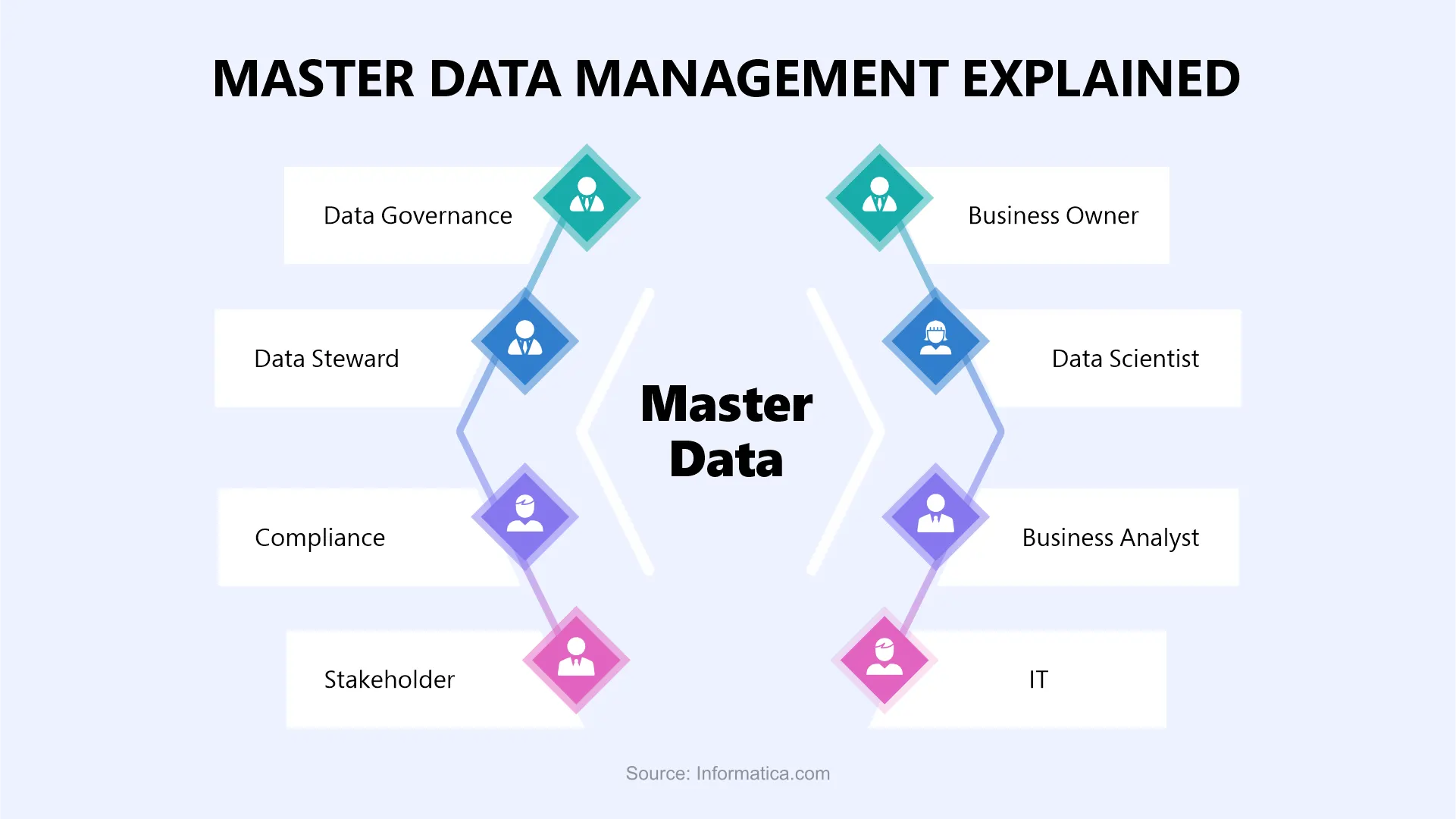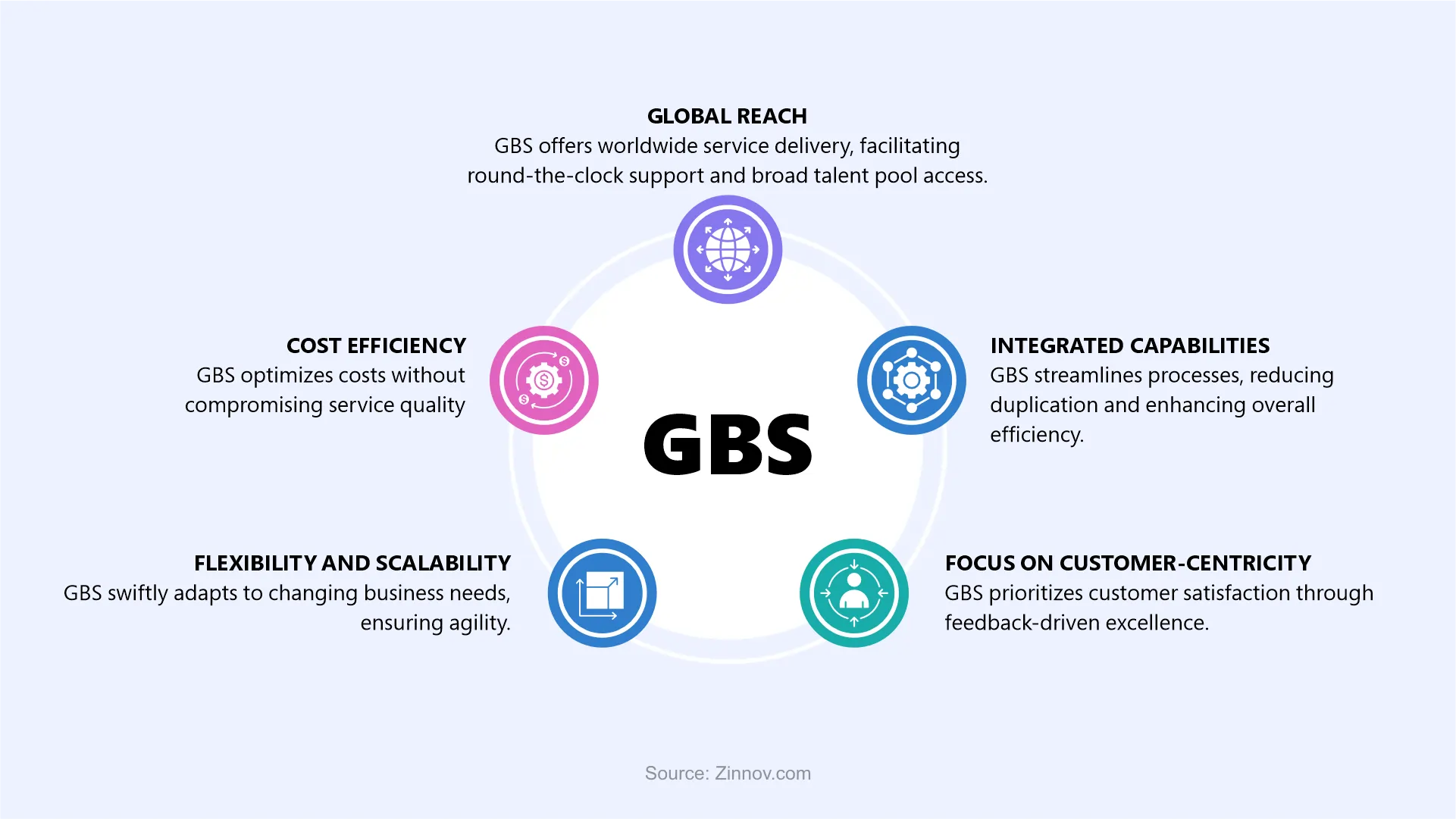
The growing role of artificial intelligence and cloud data management has amped up the way business perform over the years. Not just one, there are many instances when you can spot the powerful application of these smart-held technologies; making their way smoother into the data-centric industry. Managing hefty data volumes has been a tough nut to crack for businesses of all sizes; but making it easier and streamlined- Master Data Management has evolved as a savior.

Emergence of the New Basics- Master Data Management

Master Data Management is a novel organizational procedure targeting the creation of single master record for each person, place, or thing in a business; from across internal and external data sources and applications. This information is de-duplicated, reconciled, and enriched; building it into a consistent and a reliable source. This process helps in propagation of report accuracy, renders lesser data errors, eliminates redundancy, ensures consistent master data, and assists workforce in making well-informed data-driven decisions.
Understanding Master Record
Master Record, aka Golden Record or Best Version of the Truth- contains the essential information upon which a business or organizations rely. The master record contains what an organization needs to know about critical aspects including customer, location, product, supplier, and likewise. This facilitates diverse tasks or actions such as marketing campaign, a service call, or a sales conversation.
Reference data is a subset of master data that includes:
Critical Relevance of MDM

If you are unsure about the responses related to these questions; you must explore and adopt Master Data Management. Let us understand its relevance in detail.
The wider categories into which data is classified are called Domains. Common MDM domains inlcude:
This is not the final diversification; as these domains can be crafted based on your organizational needs. As you can go further and build MDM for specific elements such as Account, Patient, Beneficiary, Vehicles, Sites, Projects, etc. Domains can be designated depending upon the challenges faced by the organization; to bring out maximum optimized results.
About Global Business Services (GBS) Operating Model
Boosting competitive advantage and diving agility have been the age-old goals for organizations and enterprises from ever since. Achieving these goals have been facilitated by a strategic business model that elevates operational efficiencies as well as transforms employee and customer experiences big fold. Organizations with an active Global Business Services (GBS) Operating Model have worked wonders on fronts including driving scale, cost-efficient delivery, improved service quality, and overall enterprise governance.
Benefits of GBS

From being cost efficient to rendering unified employee service experience, delivering shared visibility across services, and providing agility boost with continuous improvement are some of the marked benefits that an organization can experience over time with global business service operating model in action.
Features of GBS-Centered Organizations
These are some of the remarkable facets of organizations that evolve with GBS operating model deployment. Improvement is indeed a synonym to the GBS model as it works wonders for alleviating the organizations and rendering amazing organizational boosts over the long period.
Implementing GBS Model in Business
STEP 1- APPROACH GBS IN PHASES
The first step usually includes consolidating regional service hubs into a global shared services framework; to build a full end-to-end business process and unified experience delivery with strong governance underpinning.
STEP 2- FORM THE RIGHT GBS TEAM
The next step involves hiring the right talent. Considering key roles and the skills expected to be delivered by them is of utmost importance that yields greater results and targeted business processes. A team with the personnel expediting core data science frameworks and nuanced data science technology is a must to deliver business-centric goal realization.
STEP 3- PROCESS ISSUES FINDING AND IMPLEMENTATION IMPROVEMENTS
Identifying roadblocks and implementing improvements both within a silo and across departments must be dealt with urgency as these form a critical part of GBS team build up. Empowering your GBS team with the requisite skills and credibility is a must to reap maximum benefit and assure success of GBS deployment.
Getting Started with Cloud-Based MDM Platforms
Ensuring buy-in from executive stakeholders and build a core cross-functional team that represents all business and technology team members is a must to begin with. Building a cloud-based MDM platform expects you to identify business-critical master data domains; defining a data model for identified data domains and true data sources. Making data management a seamless procedure; MDM lends a massive advantage over any other business data management technique today. Ensuring each record in the MDM platform can be mapped to a unique record is a quintessential step in developing a robust framework. Buld near-real-tim integrations between data sources and your cloud data platform. Implement appropriate match and merge rules to create the golden record; assess and identify the commonalities; leverage available real-time cross-region data sharing of cloud data platforms; and enable seamless downstream consumption of your master data through business intelligence reports and APIs. All this and more could be made possible with the right data science talent being hired for developing and deploying the most-suited data management policies and frameworks to effectively target business growth manifold.
This website uses cookies to enhance website functionalities and improve your online experience. By clicking Accept or continue browsing this website, you agree to our use of cookies as outlined in our privacy policy.